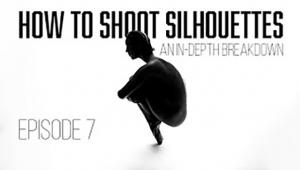Carol Guzy
A Photojournalist's Story
| "Not everyone gets
to meet an angel. Or spend a day with a legend. Or witness history.
Or see a man buried in a Mercedes. But photojournalists do." In 1994 Washington Post photographer
Carol Guzy photographed the brutal death of a man in Port-au-Prince,
Haiti, at the hands of a vigilante mob seeking revenge for the death
of a community leader during a democracy march. The photograph shows
an American soldier as he tries to intervene just after the grenade
attack, holding his gun above the victim on the ground, the man pleading,
his hands outstretched. The picture was part of a portfolio that won
a Pulitzer Prize in '95 and is especially close to Guzy's
heart. For her the prize was a validation that these people mattered,
something she had tried for many long years to convey. Much of the work
in Haiti was premised on the idea that the influx of Haitian refugees
was gravely overlooked while we focused on the Cuban situation. |

































